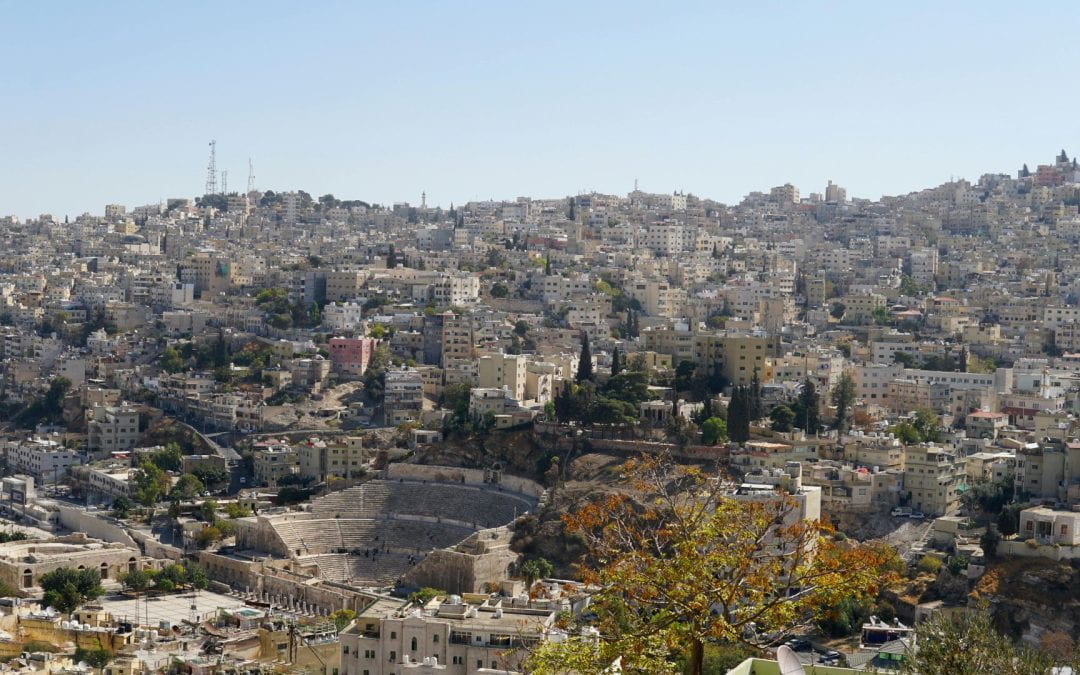
Population Clusters and Housing Deficit in Jordan
“Urbanization” is a problem that many countries suffer from. It led to drastic demographic changes that led to negative effects in terms of political , social , and economical aspects. Many governments struggle to solve the issue of high density populated area and find ways to shift this density to the skirts of cities in order to decrease stress on resources within the city bounds.
Jordan , is one of these countries who struggled with multiple refugees waves due to political instability in neighboring countries , started in 1948, then 1967 , 1990, 2003, and 2011 . in all of these waves the government was not ready to absorb the impact of sudden increase in population , especially in major cities like Amman, Irbid and Al Zarqa, which led to an increasing housing deficit in the past decades.
This sudden increase in population and the housing deficit is one of key factors in harming the social context of any community, we can realize that from crime rate increase in the same period of time.
Government Role
Jordanian government contributed in providing households since 1965 by initiating multiple institutions such as General Corporation for Housing and Urban Development (HUDC), Housing Bank and many saving funds . in 1996 the government issues the Housing Sector Restructuring Project which succeeded in providing housing units across the country and according to population growth in different cities. Unfortunately these efforts was stopped in 2010 and substituted to supporting demand instead of supporting supply, the HUDC role was shrink to providing empty land slots with minimum infrastructure, which created many vacant underdeveloped projects around the Jordanian cities.
Government contribution in supplying housing units dropped to 1%, which led to sudden increase in deficit by more than 45,000 units , ( 6 million square meters of apartments , of an average 130 sqm per apartment ) . Most of government contribution was directed to low-income sector, which the private sector did not focused on. In 2018 private sector contributed in 31% only of the housing deficit in declination than 2016 were it contributed in 54% of the deficit.
Housing Distribution
Housing distribution is a major indicator on how the government is responding to housing deficit and population increase, according to data from Department of Statistics ( DOS ) 61% of housing construction is concentrated in only three Major cities ( Amman, Irbid, Al Zarqa) , 45% are in Amman alone ( 1,072,559 house ) . This emphasize the gap between the capital and other cities , in a look on the housing distribution map we can see the unequal distribution of housing between different Governates.
New Urban Clusters
As a solution to unequal distribution of housing across a country , many governments focused on creating Urban clusters outside major cities , either to absorb population density or to decrease stress on infrastructure and facilities , a good example on that is the Malaysian case study. The government of Malaysia developed a 20 year plan which was updated every five year , The government was involved in providing incentives on both sides ( supply & demand ) It created houses for low income families in partnership with private sector by creating urban clusters with full services ( fire & rescue , libraries, information services, broadcasting, sports and cultural facilities ) as well as family and community centers in order to improve general well-being of the people.(1)
Recommendations
It is important to Jordan to initiate Housing programs on a national level which collect data that helps in forecasts for housing demand , and to fulfil this demand through Private Public Partnerships Projects that target low-income housing especially in governates outside Amman , Irbid & Zarqa.